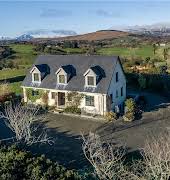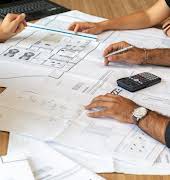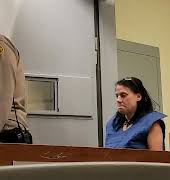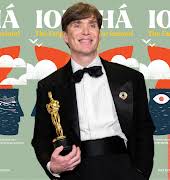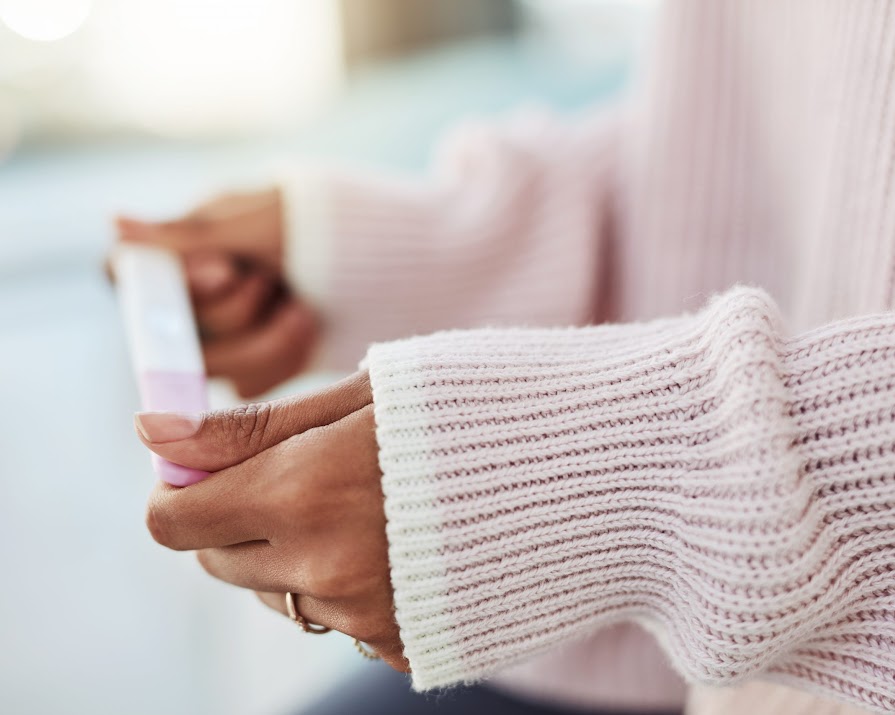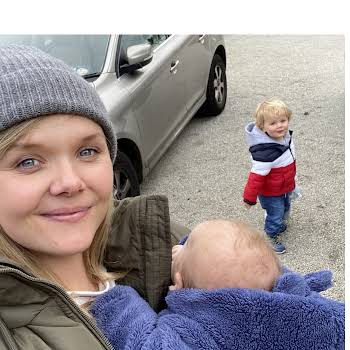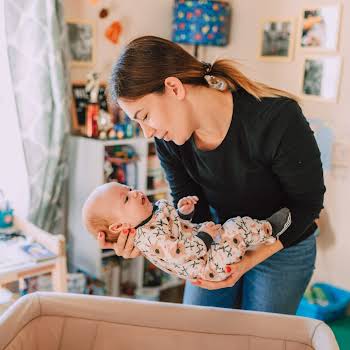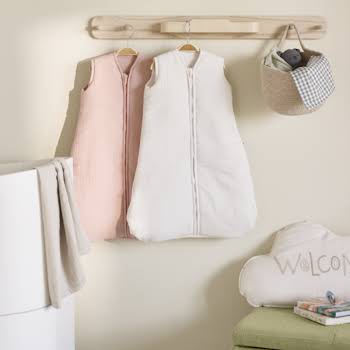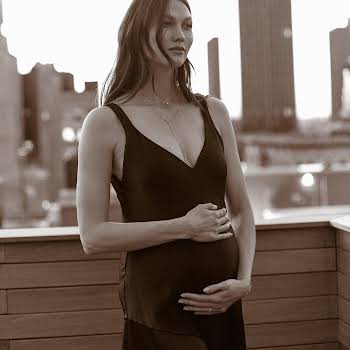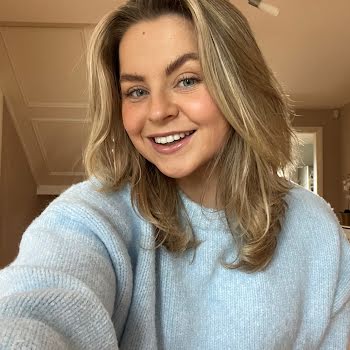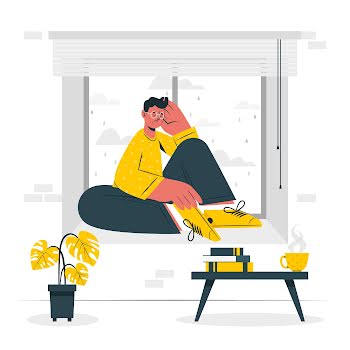
By Jennifer McShane
12th Apr 2021
12th Apr 2021
The idea of the fertility cliff has stuck, even if the data says otherwise, but a new study has said a woman's reproductive life has expanded.
It’s a well-known ‘phrase’ that, as a woman in her early thirties, makes me feel grim every time I think of it. And often said so casually, it’s as if you were simply saying what colour you’d paint the kitchen walls: “You know, your fertility falls off a cliff as soon as you hit 35!”
For women who want to plan a family but are struggling with fertility, or for those single hitting their third decade, it’s always in the back of the mind; the often relentless ticking of your biological clock. Maybe more so now and resulting from the fact that women on average are having their first child later in life, they’re more aware of fertility declining with age.
Add in the addition of COVID-19, and single and partnered women alike are grappling with delay and uncertainty about whatever timelines they previously held – two years will have essentially been lost to this pandemic whatever way you look at it. A quick Google on single women during the pandemic and I get 50 articles, all detailing how women have to act if they want to hold onto their fertile years.
Age increase
However, in some positive news, a new study published in the Journal of the American Medical Association, found the reproductive years for women in the United States increased from age 35 to 37.1. The study looked at 60-year trends in reproductive life spans and natural menopause and reproductive life span and other factors. This increase in reproductive years is likely thanks to the later ages of menopause and earlier ages of first period. We are living longer and having our children later.
The age of 35 has for decades been regarded in the medical community as the age when women’s reproductive systems slow down and it becomes more difficult to have and sustain a pregnancy. Also frequently termed “advanced maternal age” or, in some parts of the world, “geriatric.” However, we know now the obsession with 35 as being the fertility threshold is outdated. Data from 1700s France for example is where an often-cited statistic that one in three women aged 35-39 will not be pregnant after a year of trying comes from.
It’s not that there aren’t risks with pregnancy over 35, there are including a higher risk of miscarriage and genetic abnormalities among other factors, but it’s important to remember that the data derived from the number 35, came from decades past, during a very different reproductive era. Birth control options were almost non-existent with women getting pregnant for the first time much earlier. IVF was at its earliest stages.
Uneven stigma
The obsession with this number automatically creates a stigma for women. It’s used to group those as ‘other’ which can mean barrages of sometimes unnecessary testing and stress. And can we talk about men for a minute? Their age almost never gets mentioned when it comes to fertility – look at all the celeb dad stories alone for those over 60 – and it’s worth pointing out that sperm quality decreases as they get older.
Multiple studies have found that older fathers can result in multiple health issues for their offspring – one study alone found men can be solely responsible for up to 30% of infertility cases and contribute to 50% of cases overall. Yet the pressure is on women to freeze eggs and start thinking of ways to preserve their fertility as early as they can.
An article in Slate perfectly summed up the damage of constantly holding 35 as the number women are up against, and what needs to happen going forward:
“The dread of age 35 is so pervasive that its effect bleeds backward in time, with women in their early 30s—and yes, sometimes even in their late 20s—already feeling as if they are behind in the race against their “biological clock.” Doctors have an obligation to put this to an end.”




